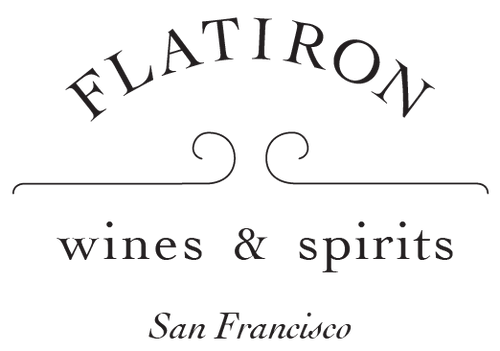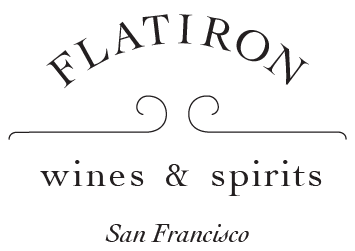
Evolving Cornas by Vincent Paris
If you’ve yet to discover Vincent Paris—or if you simply haven’t checked in lately—this wine is a perfect introduction to his evolving vision. Paris doesn't merely carry forward his uncle's legacy; he's writing the next chapter for Cornas, demonstrating why this once-rustic region has become essential drinking.












